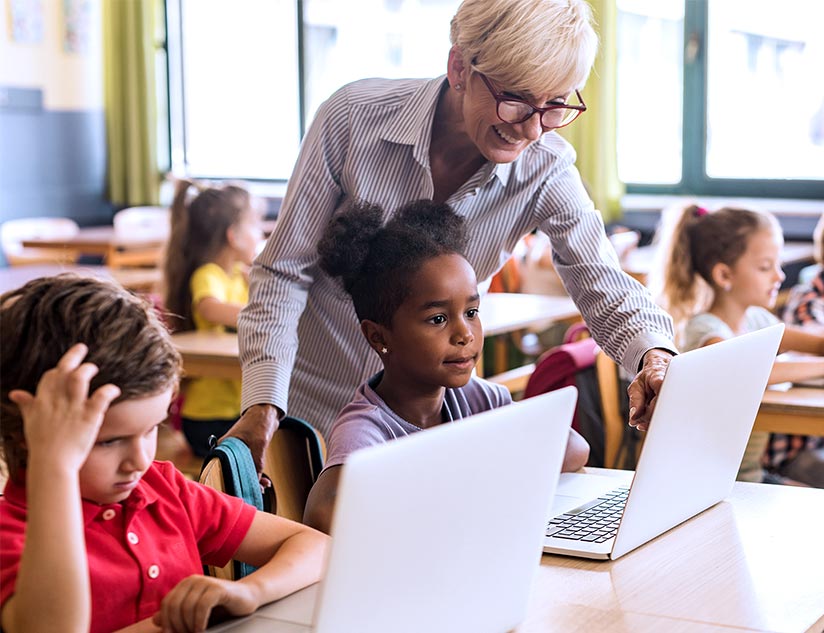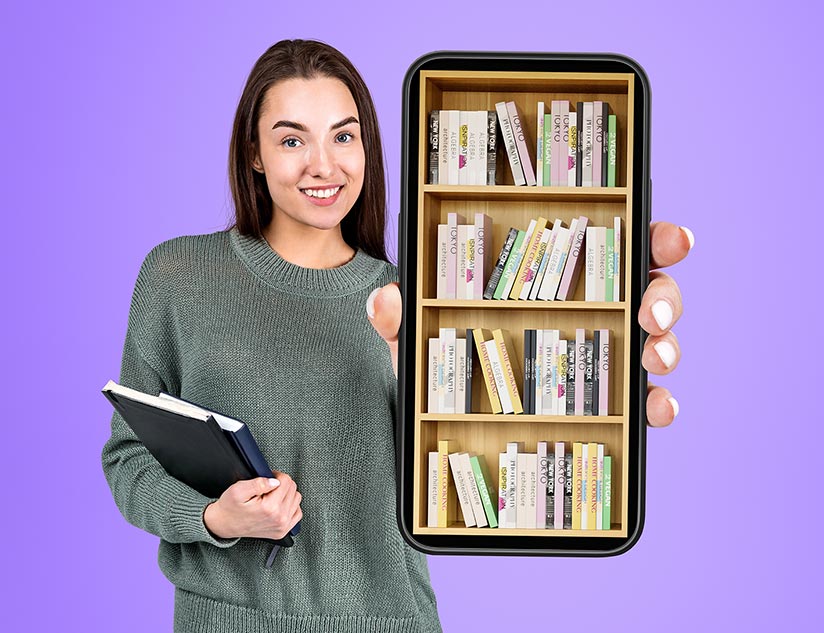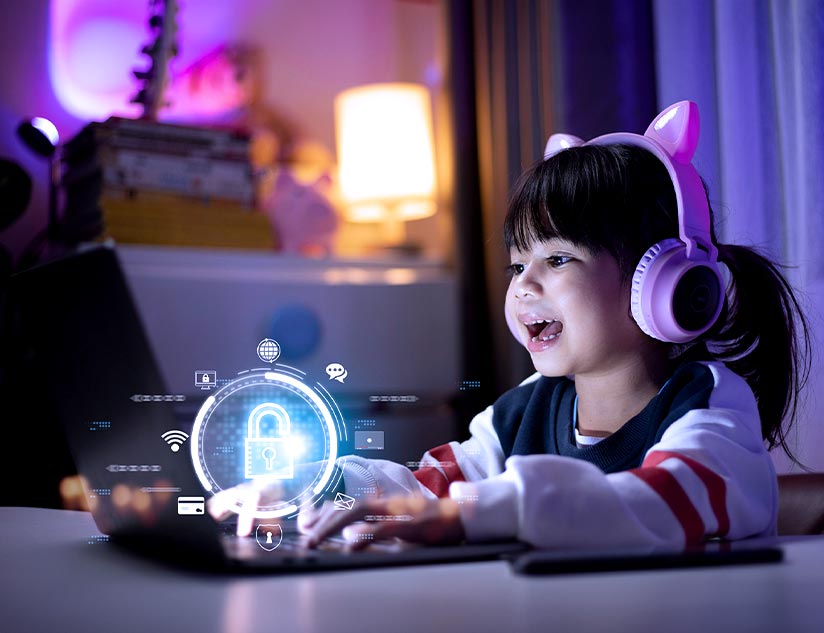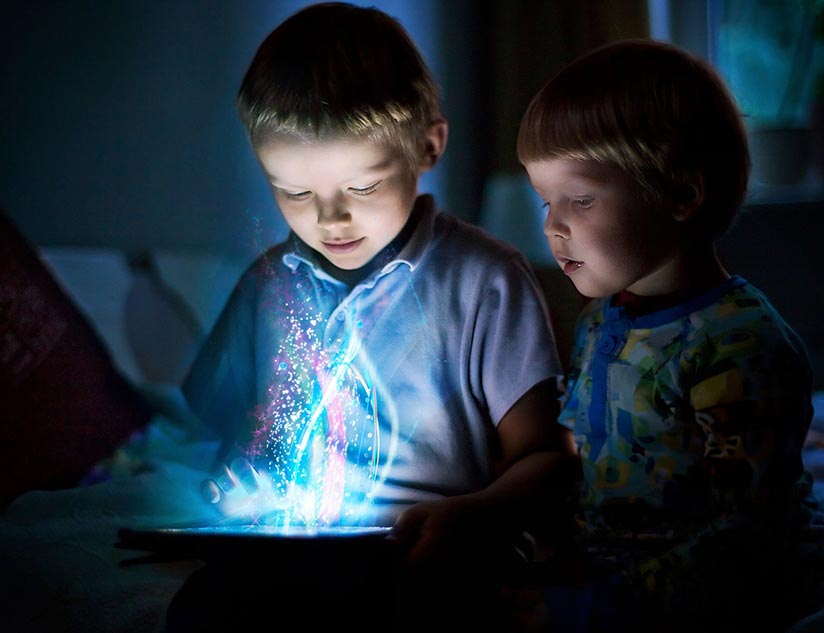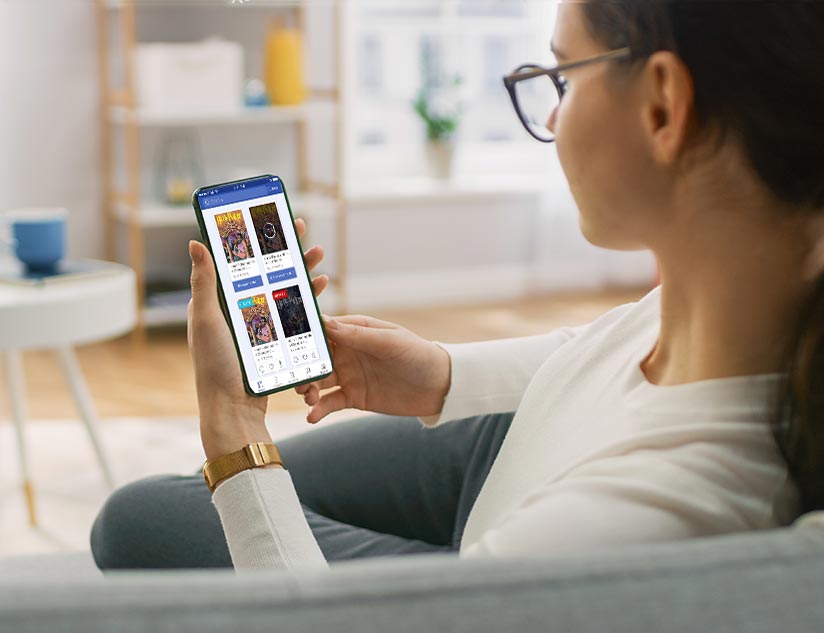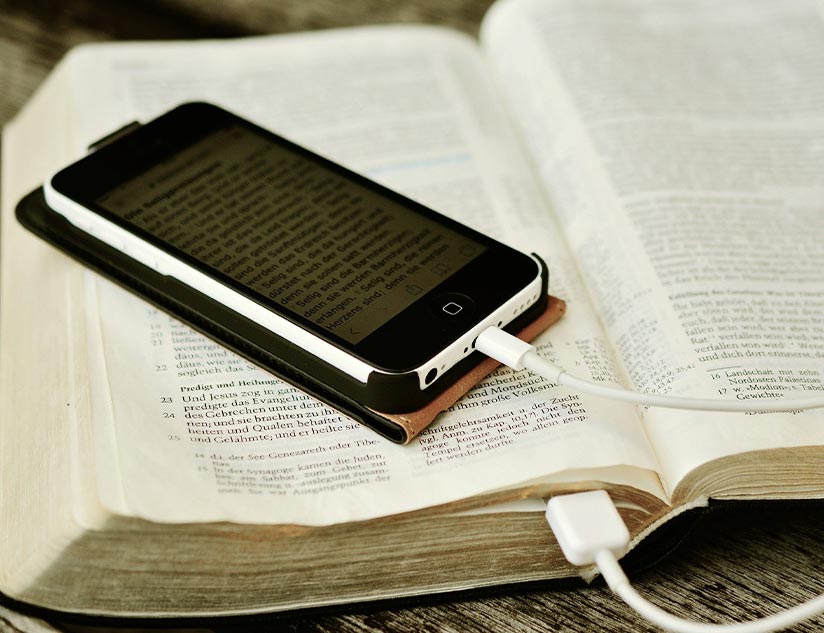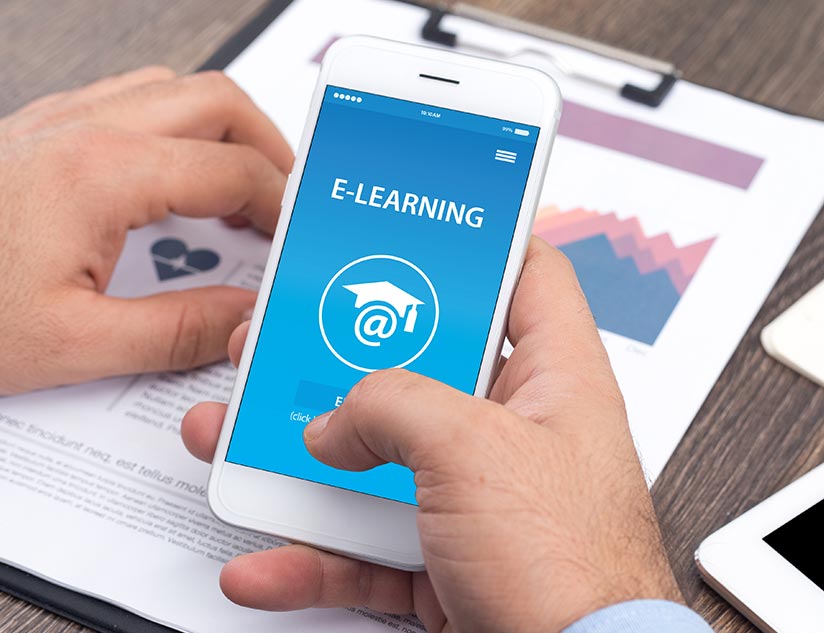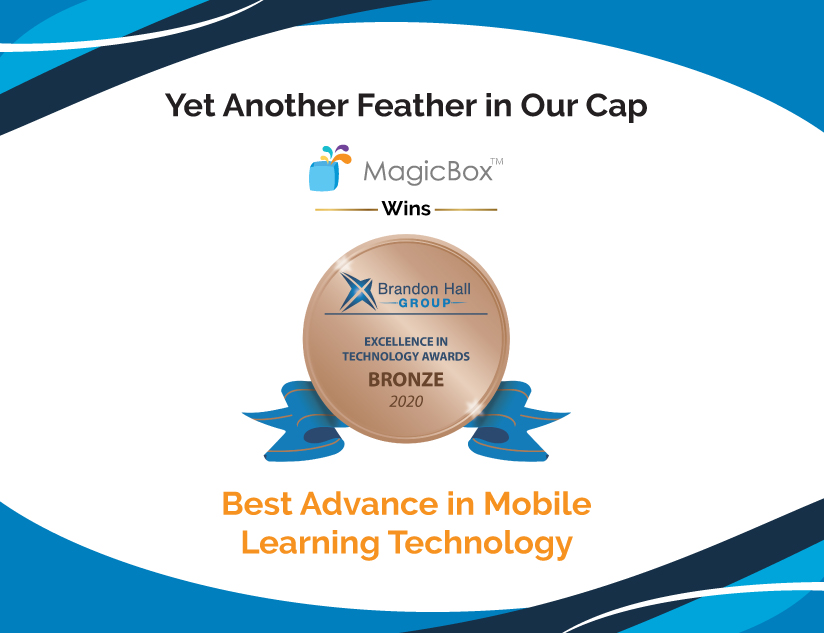Personalized Mobile Learning Solutions to Create Effective Learning Paths
October 4th, 2017
In the last few years, the growing mobile usage has introduced new ways of imparting and receiving knowledge that is not just cost-effective but is also customized to suit the individual needs of a learner. A growing adoption of smartphones, tablets, and other handheld devices by individuals has made it possible for an interactive learning platform to thrive.
Mobile learning refers to consuming learning content on a device, such as a smartphone, netbook, tablets, or a handheld gaming device. Mobile devices enable learning to occur at any place, time, and pace, allowing for a personalized learning experience for learners. Mobile technologies can also be used to enhance group-based teaching and learning either within the classroom or in out-of-classroom (flipped) scenarios. MagicBoxTM, a mobile distribution and publishing platform, makes it possible for educators to create personalized mobile content for K-12 learners.
Especially for the K-12 sector, mobile learning has a host of benefits to offer: flexibility and convenience to access learning material at one’s pace; personalized and interactive learning; and an ease of disbursing feedback, among others.
Personalizing Mobile Learning for K-12 Learners
To achieve better learning outcomes, K-12 learners need a mobile learning experience that would allow them to explore curated content for relevant concepts or skills they’d like to learn. What is crucial here is that the mobile learning applications provide a tailored experience to each learner, drawing upon their areas of interest and preferences.
Students are now seeking personalized learning routes, such as Google Classroom and MagicBoxTM, which efficiently leverage their mobile devices and offer a complete learning solution. They are using mobile apps to collaborate with each other on group projects; receive reminders about upcoming quizzes & assignments, and to take photos & videos of experiments for later review. They are also using them to organize their schoolwork, receive grades, take notes in class, and learn about classroom activities.
A combination of technological advancements and increased accessibility to mobile technologies is paving the path for new opportunities to personalize the learning experience for many students. Students are now using technology to not just improve performance on assessments but also to direct their own learning using emerging tools and build a collaborative learning environment.
So how can educators leverage mobile applications for creating personalized mobile learning solutions?
- Combining native content and collaborative tools for peer-to-peer learning: Students gain a significant part of their knowledge from informal and social learning. Mobile apps that structure this type of learning by combining native content with collaborative tools increase user engagement. We see collaboration move to a whole new level when learners are able to consume resources and interpret content while sharing it with their peers and teachers. Since these collaborations happen within an app, the knowledge gain can be tracked and stored. Moreover, students can pick up learning where they last left it off at, since activities are saved in the app. MagicBoxTM‘s collaboration module allows a student to directly share their notes or discuss questions with the teacher. These collaboration tools are necessary to replace the physical experience of sharing notes.
- Tracking content preferences: With the advent of the latest technology, educators can track how students are interacting with a particular learning material, an insight that allows them to personalize learning experiences for individuals. Because mobile apps record every step of the learning journey, educators can use this information to analyze the number of learners who prefer interacting with a certain piece of content. This could indicate greater engagement or students revisiting material they find most helpful and informative. Or it could mean that they have difficulty understanding it and are only revisiting in a bid to digest the material. By distinguishing these events, educators can create a truly personalized learning journey and provide them with recommendations for relevant content based on what they have consumed and what they need to in order to meet learning objectives.
- Access to notes and resources added by teachers: A self-directed mode of learning empowers students to learn at their own pace. Having access to the teacher’s personalized materials and resources, as well as the ability to communicate with peers on an app, makes for a holistic learning experience. With a number of social media-sharing features available, content can be easily shared with a broad audience with just a simple tap. MagicBoxTM allows teachers to add the different type of documents and share the same with students.
Personalized mobile learning environments can be further enhanced with the use of games. This proves to be an effective strategy since learning and playing become intertwined during early childhood, forming a close relationship throughout one’s life. Gamification is the process of incorporating elements and techniques of game design to an otherwise non-game setting, such as K-12 course material.
Because learning sticks best when it is fun, gamification is an excellent tool to help learners engage with course material, making it easier for them to retain information. Gamified lessons are also considered more accessible and achievable. Well-planned game-based learning can also offer students instant feedback on their progress, thus instilling a sense of accomplishment and motivating them to self-direct their learning. There are several ways that can be utilized to drive personalized learning using games:
- Customized games: Because different students have different needs at any point in their learning curve, content creators can customize games for individuals. By personalizing games as per the need of a K-12 learner, educators can simplify complicated academic concepts into bite-sized chunks of content for each learner to digest at their own pace.
- Interactive learning: Learners aren’t likely to find games fun if they are forced to sit in a lecture or watch long videos. Educators must use the game approach to take learning out of the classroom. When using mobile devices to teach, they can break course material into smaller pieces and use team & blended learning techniques. This gamified micro-learning makes way for an accelerated and self-directed atmosphere for students. Instead of just depending on reading eBooks, content creators should think about more engaging ways to impart knowledge to the learners. MagicBoxTM promotes interactive learning by allowing for the distribution of any type of content, and is not restricted to just eBooks.
- Instant feedback: Feedback is a crucial element of learning and often exists in games through scoring systems, notifications, and leaderboards. Feedback through scoring creates an element of competition and excitement among learners; scores can also be analyzed by educators to evaluate learner progress and engagement. A delivery system like MagicBoxTM drives objective assessment by instantly generating a comprehensive test summary for the student. This instant feedback aids learning and makes assessments as a teaching tool rather than just a verification tool.
Improving the effectiveness of personalized learning
Students, parents, and teachers across the board are increasingly tapping into mobile devices to personalize learning, enhance collaboration, and increase professional productivity. The purpose is to leverage technology for helping students organize their schoolwork collaborations with others via social media tools. The effectiveness of personalized learning can be enhanced through:
- Technological advancements: Technology has enabled personalizing learning paths through several approaches, such as collaborative learning, cloud-based learning, and interactive learning. By leveraging these, educators can improve the personalization journey for each student in the classroom.
- Active discussions: To make mobile learning platforms collaborative, publishers can integrate social networking apps, which will allow learners to actively interact with each other. Active discussions keep the learners engaged in the learning process while motivating them to keep going when they find themselves in a tough situation. Discussions also allow learners to share their experiences and explore ideas at length, thereby giving each student the opportunity to voice their views to fellow-learners without the need of a physical classroom setting.
- Automated quizzes: To organize mobile learning courses, educators can make use of reminders and announcements that come in-built with smartphones. These could be course updates or any additional information via push notifications sent on learners’ mobile phones. By taking automated quizzes, learners stay updated and in touch with the mobile learning course in question.
- Feedback: Mobile learning courses must evolve with the needs of the users and technological advancements. Since dynamism is such an important element of every mobile learning course, a feedback system is crucial for the same. A continuous cycle of feedback not only provides valuable insights into the needs of the learners but also into the changes that should be made to tackle the challenges faced by learners.
- Online research: By integrating online research exercises into mobile learning strategy, educators can encourage the learners to explore a topic on their own. MagicBoxTM encourages supplementing the core learning program by promoting online research on its platform.
The future of personalized mobile learning solutions
An increased penetration of ‘smart’ mobile devices and cloud-based services will further boost mobile learning solutions, allowing current initiatives to be replicated on a larger scale. Moreover, devices will be able to collect, synthesize, and analyze massive amounts of data – profiles of student work, attendance records, time spent on particular tasks, assessment results etc., enabling new opportunities in areas such as learning analytics and learning profiles.
In the future, mobile learning will become more integrated with traditional modes of education. Much as computers are now viewed as a crucial component to learning, mobile learning will soon become commonplace in both formal and informal education. With technical and pedagogical innovations improving, mobile technology will take on an increasingly essential role in the overall education ecosystem.
One of the most noticeable recent trends in technology-enhanced learning has been the expansion and proliferation of flipped classrooms that promotes a form of blended learning – combining traditional offline methods with the online ones. Over the coming years, mobile technologies will enable flipped classrooms and other forms of distance education to offer more personalized assessment and tutoring. Gamification will play an increasingly important role in the development of personalized mobile learning solutions. MagicBoxTM supports this shift through its personalized learning solutions that support both online and offline interaction. Contact us to know more about MagicBoxTM’s mobile learning software!


